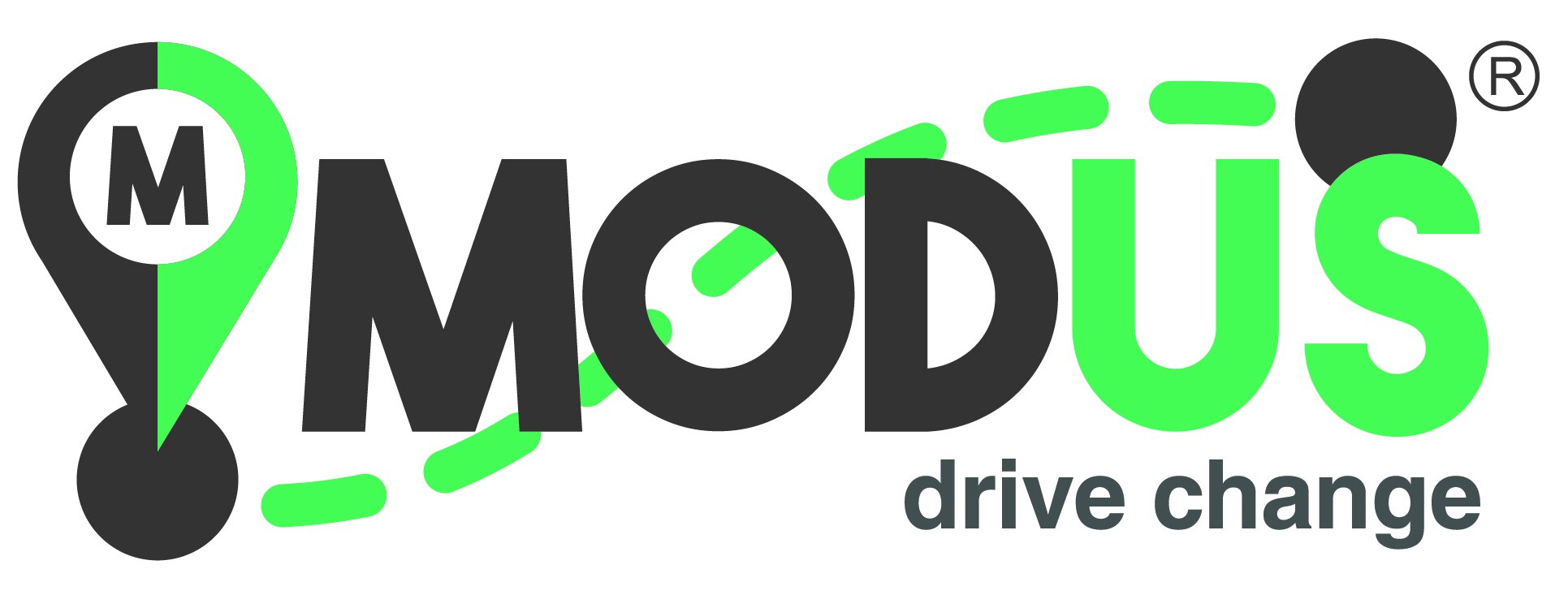Black History in Transportation
Modus is forever grateful for the people listed here who have enhanced the many areas of transportation in the United States. Unfortunately, many of these influencers have been long forgotten or hidden away in history due to systemic racism. Modus stands with the black community as we learn to become better stewards of the many innovations, accomplishments, and academic successes of the black community in transportation. Is there anyone we missed? Leave us a comment to teach us of other influential black leaders in transportation.
Bessie Colman (1892-1926) - First African American woman and first Native-American to hold a pilot license. She graduated from Langston University in Oklahoma and after being rejected in flight school due to her race and gender, she went to Europe to learn to fly. She became the first black person to hold and international pilot’s license. When she moved back to the USA, she worked in the daring field of exhibition flying, dazzling crowd with her aerial stunts. She refused to do shows to a segregated crowd and became an inspirational speaker and teacher advocating for other African Americans to go into aviation. She died in a tragic plane crash when she was only 32 years old. “The air is the only place free from prejudices. I knew we had no aviators, neither men nor women, and I knew the Race needed to be represented along this most important line, so I thought it my duty to risk my life to learn aviation and to encourage flying among men and women of our Race who are so far behind the White race in this modern study.”
The Safe Bus Company (1926-1966) - In the 1920’s segregation in North Carolina meant that public street cars only ran through the white areas of town leaving black residents to walk long distances to reach bus stations. To try and help transport black residents, small busses, known as jitneys, began to compete against one another in the areas of town public transportation was not allowed. In 1926 thirteen African American men combined their jitney services to create The Safe Bus Company which would become the largest black owned transportation company in the world at the time. This bus service became more successful than their counterparts who only served white neighborhoods, eventually taking over the competitors’ routes and becoming the first black-owned transit system to serve the entire community. In 1966 Safe Bus hired their first female driver, Pricilla Estelle Stephens, pictured above. The Safe Bus Company was sold to the city and became the Winston-Salem Transit Authority (WSTA) in 1972.
Rose Parks (1913-2005) – On December 1, 1955, 42-year-old Rosa Parks was arrested and charged for not moving out of the white-only section on a Montgomery, AL bus. Parks became one of the faces of the Civil Rights era as she and other influential leaders such as E.D. Nixon and Martin Luther King Jr. demanded desegregation. Park’s arrest sparked The Montgomery Bus Boycott that lasted year until the United Supreme Court ruled to end bus segregation. Rosa Parks was honored with the Congressional Gold Medal in 1999, the highest civilian award granted by Congress, for her inspirational civil rights work.
Frederick McKinley “Casey” Jones (1893-1961) – An inventor and first black winner of the National Medal of Technology, Frederick McKinley Jones designed a portable air-cooling unit for trucks carrying perishable foods. Jones formed the Thermo King Corporation which helped make fresh produce more accessible and affordable to the public. Thank him the next time you enjoy a frozen meal or ripe banana!
Archie Alexander (1888-1958) – Born Archibald Alphonso Alexander in Ottumwa, Iowa, Archie became a well-known architect and engineer despite his college professors telling him he would have difficulty finding work as an African American engineer. At the young age of 26 he formed his own engineering company called A.A. Alexander, Inc. specializing in bridges. Among the 300 projects Alexander lead, he famously engineered the Tidal Basin Bridge in Washington D.C., Whitehurst Freeway, and the airfield for the Tuskegee Airmen, an all-black aviator force in World War II. Alexander later went into politics becoming the Governor of the U.S. Virgin Islands for a short stint.
Robert Henry Lawrence Jr. (1935-1967) - As an esteemed Air Force pilot, Lawrence was one of seventeen men selected for the new Manned Orbital Laboratory program, making him the first African American astronaut. Tragically, Lawrence was killed in a plane crash at the age of 32 and he never got to go into orbit. Before Lawrence, Ed Dwight Jr., another African American Air Force pilot was also a candidate for the astronaut program, but controversially was rejected from the program even though he had met the qualifications. The first black astronaut to go into space was aerospace engineer, Guion Bluford Jr., in 1979. In 1992, Mae Jemison became the first female African American to travel in space while on the Space Shuttle Endeavor. Each of these accomplished leaders in aeronautics have paved the way for future generations to reach for the stars.
Freedom House Ambulance (1967-1975) – The first paramedic ambulance service in the world was started by a predominately African American group of men and women who revolutionized the way medical care was received outside the hospital. Before Freedom House Ambulance was founded in Pittsburg, PA in 1967, most pre-hospital care was left to local police or private funeral home companies who lacked both the training and equipment to provide critical care. Due to lingering segregation and racism most funeral home services refused to serve black communities and the black residents had legitimate issue trusting the police to provide diligent care. In order to deliver medical care to residents of these underserved black communities, the Freedom House Ambulance was established. The training to become paramedics went far above what was normal practice for first responders at the time. Under the guide of Dr. Peter Safar and Dr. Nancy Caroline, the Freedom House paramedics trained for a year in everything from anatomy, CPR, tracheal intubation, and even defensive driving. They created a traveling Intensive Care Unit which became the standard for all Emergency Medical Service trucks that we have today. Seeing how successful the new EMT’s where at saving lives, residents outside the black communities began to demand medical services of their own. The Freedom House Ambulance lost funding in 1975 after the local mayor decided to end contracts with them and instead recreate a new all-white city-run service. Although the Freedom House Ambulance has been somewhat lost in history, the National Highway Traffic Safety Administration awarded them the Public Service Award in 2013.
Lois Cooper (1931-2014) - After graduating with a degree in Mathematics from Los Angeles State College in 1954, Lois Cooper became the first African American women to work for the California Department of Transportation within the engineering department. She worked her way up from engineering aide to program manager and helped with several major projects like the I-105 Century Freeway, San Diego Freeway, and the first carpool lanes. As a part of the Los Angeles Council of Black Professional Engineers, Cooper advocated for the math and science in schools.
Gladys Mae West (1930-present) If you have ever used Global Positioning System or GPS, you have Dr. Gladys West to thank. She played an integral part in mapping a mathematical model of the shape of the earth and developing satellite models. Before her work, the communication between objects in space and on earth was nearly impossible since the shape of Earth’s irregular sphere had never been determined. Next time you type in an address into your phone’s mapping app, think about Gladys!
Teddy Seymour – After a year and a half of sailing, making only 12 stops along the way, Seymour became the first black man to sail around the world solo. In 1987 GPS was not readily available, but this did not stop Seymour from embarking on this adventure using on his 35-foot boat, Love Song. In an interview Seymour stated that, “The easy part was sailing around the world. I've almost lost my life on many occasions. I've been through Vietnam; I've lived in L.A. where the cops hassled me just because I was a black man running down the street in a sweatsuit.” Although not much was written about Seymour’s achievements at the time, he later received the Golden Circle Award by the Joshua Slocum Society.

